Inspiring new ways
Audacity, expertise, and commitment. Our teams transform technology’s promises into strategic levers for your business, your supply chain, and your ambitions across Europe and beyond.
We inspire new expertise
-
IBM Power Week 2025: What You Need to Know
The 2025 edition of IBM Power Week highlighted the convergence between AI-assisted software engineering, IBM […]
December 1, 2025
-
Responsible Digital Technology: Five Key Topics for 2026
Responsible digital technology is entering a new phase: that of measurement and scaling up. At […]
November 25, 2025
-
Groupe CAT rolls out Hardis WMS across its European warehouses to boost growth
Groupe CAT’s contract logistics division is replacing its existing warehouse management applications with Hardis WMS […]
-
Rexel commits to digital accessibility with an RGAA compliance audit
-
Hardis Group creates subsidiary Hardis Supply Chain, unifying Reflex, Sislog, and OIL under one global brand
Hardis Supply Chain adopts a new brand identity and renames its software suite. These major […]
-
Deepfakes: the cybersecurity threat you can't ignore (and how to fight back)
A CEO records a message announcing that the company is entering administration. A senior executive […]
October 23, 2025
We create sustainable digital solutions,
developed by united and
committed teams!
We inspire new ambitions
Three core domains: logistics software expertise, Salesforce integration, and digital transformation services—delivering solutions aligned with your technological and strategic objectives.
Leverage technologies,
empower our people
Cloud
The cloud as a foundation for strategic transformation: connecting your ecosystems, streamlining processes, and boosting agility.
AI (Artificial Intelligence)
AI is your partner in transformation, strengthening your capabilities and revealing solutions for every business challenge.
Cybersecurity
Building resilience as a core principle: cybersecurity designed to anticipate threats, adapt to change, and provide lasting protection for your digital ecosystems.
Data
Data powering your strategy: enabling better decisions, optimizing workflows, and anticipating market needs.
Digital responsibility
Responsible digital practices: making informed choices to reduce your ecological footprint and amplify the positive impact of your digital activities.
Explore our
approach to
these technologies
We inspire new experiences
Our solutions align with the unique challenges of each sector, combining deep expertise with a focus on delivering tangible results.
29%
Retail & Luxury
23%
Services
20%
Industry
15%
Transport &
Logistics
13%
Insurance & Financial Services

Dare. Act. Enjoy.
At Hardis Group, we combine ambition with kindness and boldness with impact. Here, to DARE is encouraged, to ACT is celebrated, and to ENJOY every shared success is part of our mindset. Every challenge is an opportunity to push boundaries, learn, and create together. We build meaningful projects, firmly grounded in today’s realities and driven by tomorrow’s ambitions. What we do matters as much as how we do it: with trust, enthusiasm, and commitment. Our mantra? DARE. ACT. ENJOY!

